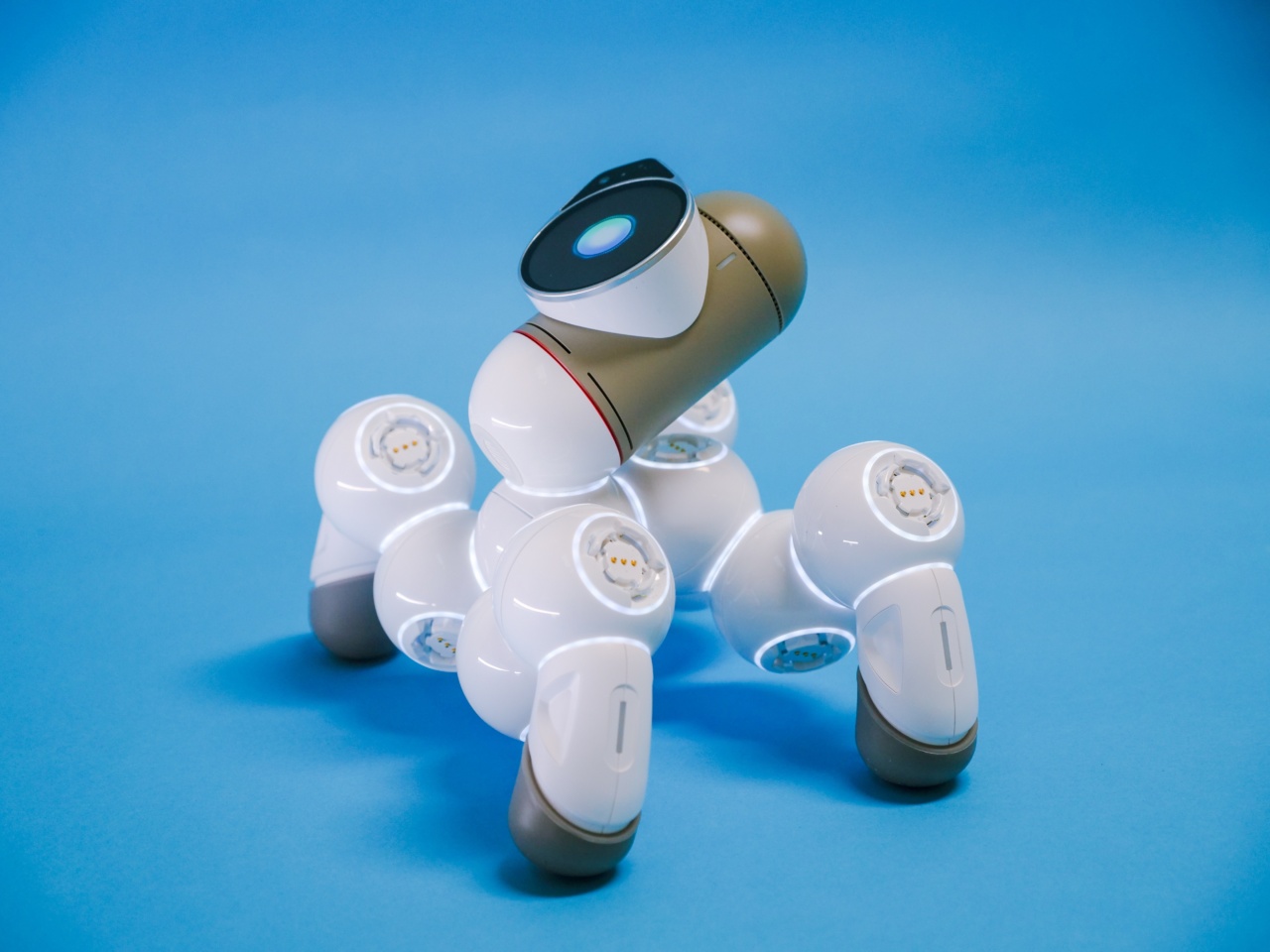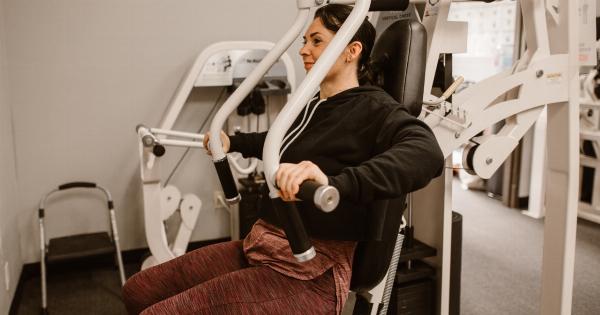Scoliosis and kyphosis are two common spinal conditions that can cause significant discomfort, pain, and other health complications in affected individuals.
While there are various treatment options available, one of the most advanced and effective approaches is robotic-assisted spinal surgery.
What is Robotic-Assisted Spinal Surgery?
Robotic-assisted spinal surgery refers to the use of state-of-the-art robotics technology in performing corrective procedures for scoliosis and kyphosis.
Typically, the procedure involves the use of special robotic arms, sensors, and cameras, which are controlled by a highly qualified surgeon. These instruments enable the surgeon to see the area of operation in greater detail, make precise incisions, and achieve greater accuracy in surgical outcomes.
The Benefits of Advanced Robotic Treatment for Scoliosis and Kyphosis
1. Greater Precision
The use of robotics technology in spinal surgery can greatly enhance surgical accuracy and precision.
With robotic-assisted surgery, the surgeon can make micro-incisions and perform delicate procedures on the patient’s spine with greater precision and accuracy, thus minimizing the risk of complications.
2. Reduced Risk of Blood Loss and Infection
The use of robotics technology in surgery can also help to significantly minimize the risk of blood loss and infection. The procedure involves smaller incisions, which means there is less exposure of the surgical site to the air and other pathogens.
As a result, there is a lower incidence of infection, which can significantly reduce the risk of post-operative complications.
3. Quicker Recovery Rates
Robotic-assisted spinal surgery is also associated with faster rates of recovery.
Due to the high level of precision, accuracy, and minimal invasiveness of the procedure, patients tend to experience less pain and recover more quickly than those who undergo traditional spinal surgery. Additionally, the use of robotics technology in spinal surgery can enable patients to return to their normal activities sooner.
4. Improved Cosmetic Outcomes
Since robotic-assisted spinal surgery involves smaller incisions and minimal tissue disruption, it generally results in improved cosmetic outcomes.
Patients who undergo this procedure are less likely to develop visible scarring and may experience improved overall physical appearance after the surgery.
The Process of Advanced Robotic Treatment for Scoliosis and Kyphosis
The advanced robotic treatment for scoliosis and kyphosis generally involves the following steps:.
1. Planning
The first step in the robotic-assisted spinal surgery process is to plan the procedure.
Before the surgery, the patient will undergo extensive tests, including X-rays, MRI scans, and other diagnostic tests, to determine the severity of the spinal condition. Based on the results of these tests, the surgeon will develop a customized surgical plan based on the patient’s unique needs.
2. Positioning
The next step is to position the patient on the operating table.
The patient will be placed under general anesthesia, and the surgical team will use specialized equipment to carefully position the patient to allow for optimal access to the surgical site.
3. Robot Placement
Once the patient is properly positioned, the surgeon will place the robot in position. This typically involves attaching the robotic arms to the patient’s spine and securing them in place using specialized clamps.
4. Surgical Procedure
With the robot in place and the patient properly positioned, the surgeon will begin the surgical procedure.
The robot is controlled using a special console that allows the surgeon to make precise, controlled movements while monitoring the surgical site in real-time.
5. Postoperative Recovery
After the surgery is completed, the patient will be monitored closely by the surgical team to ensure proper postoperative recovery.
Patients typically undergo physical therapy and rehabilitation to help them regain strength and mobility, and regular follow-up appointments will be scheduled to ensure that the patient is healing properly.
The Role of Robotics Technology in Future Spinal Surgery
The use of robotics technology in spinal surgery is still relatively new, but it is already having a significant impact on the field.
As technology continues to advance and new techniques are developed, it is likely that robotic-assisted spinal surgery will become even more widespread, allowing more patients to benefit from the many advantages of this advanced treatment modality.
Conclusion
Advanced robotic treatment for scoliosis and kyphosis is a highly effective and safe approach to spinal surgery that offers many benefits to patients.
With its many advantages, including greater precision and accuracy, reduced risk of complications, faster recovery times, and improved cosmetic outcomes, this technology is likely to become even more widely used in the future, enabling more people to find relief from spinal conditions that can negatively impact their quality of life.






























